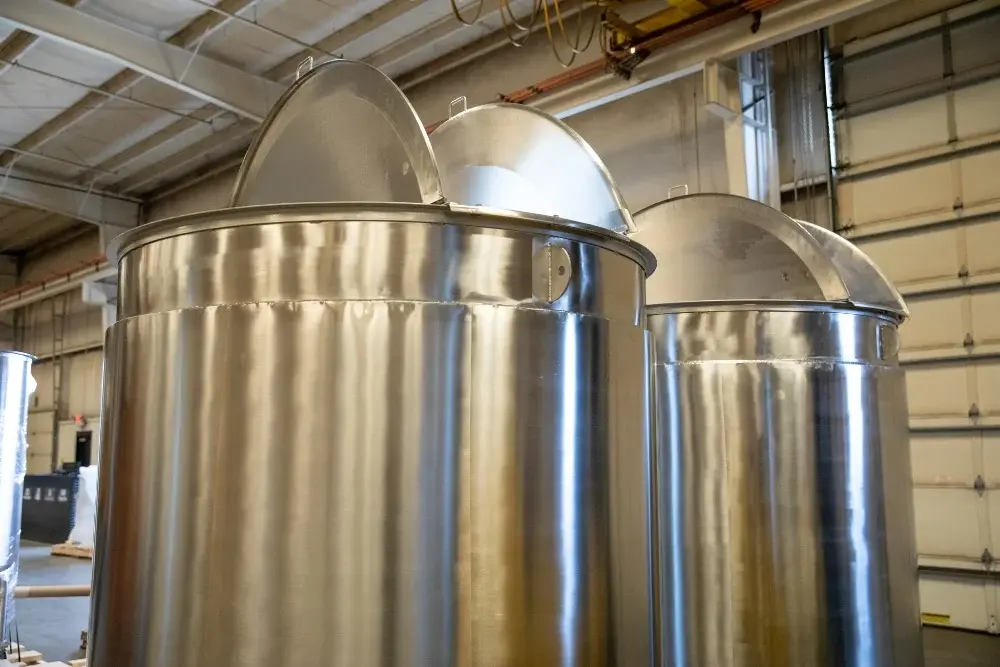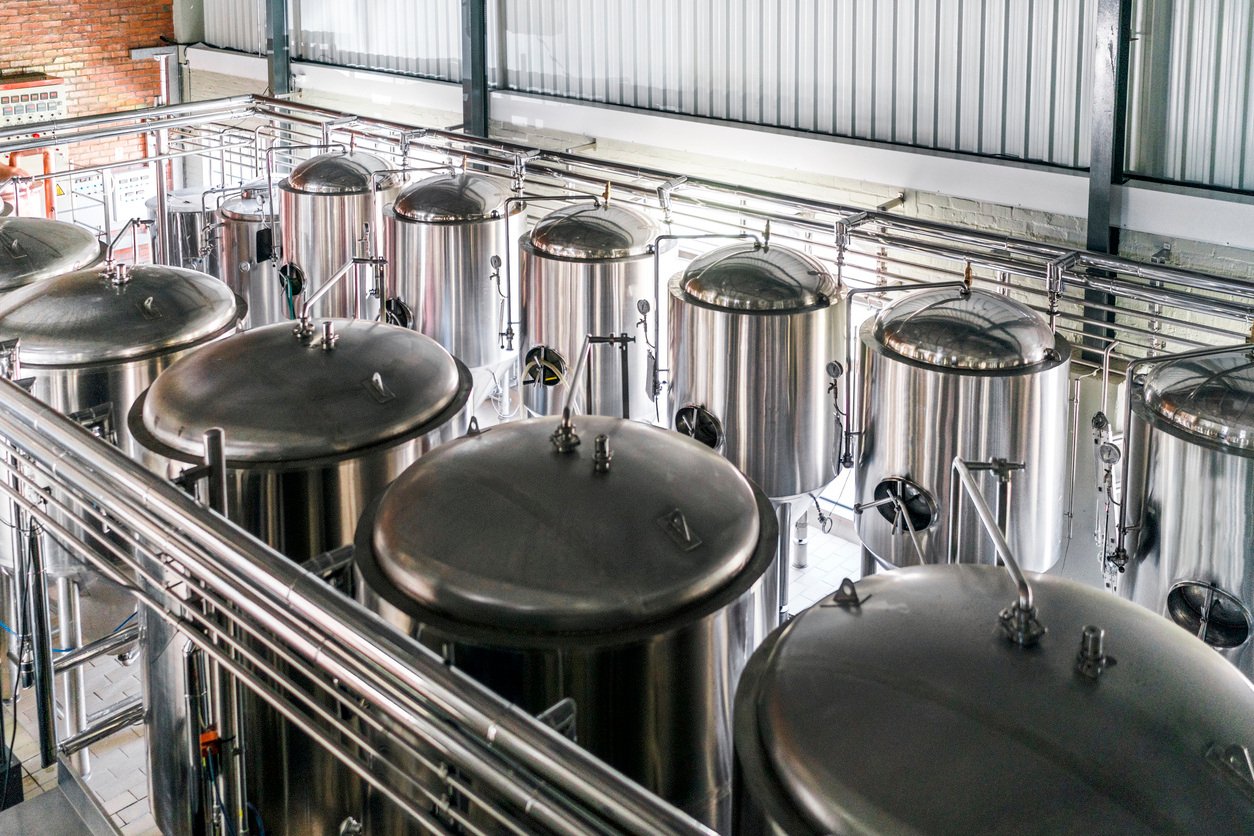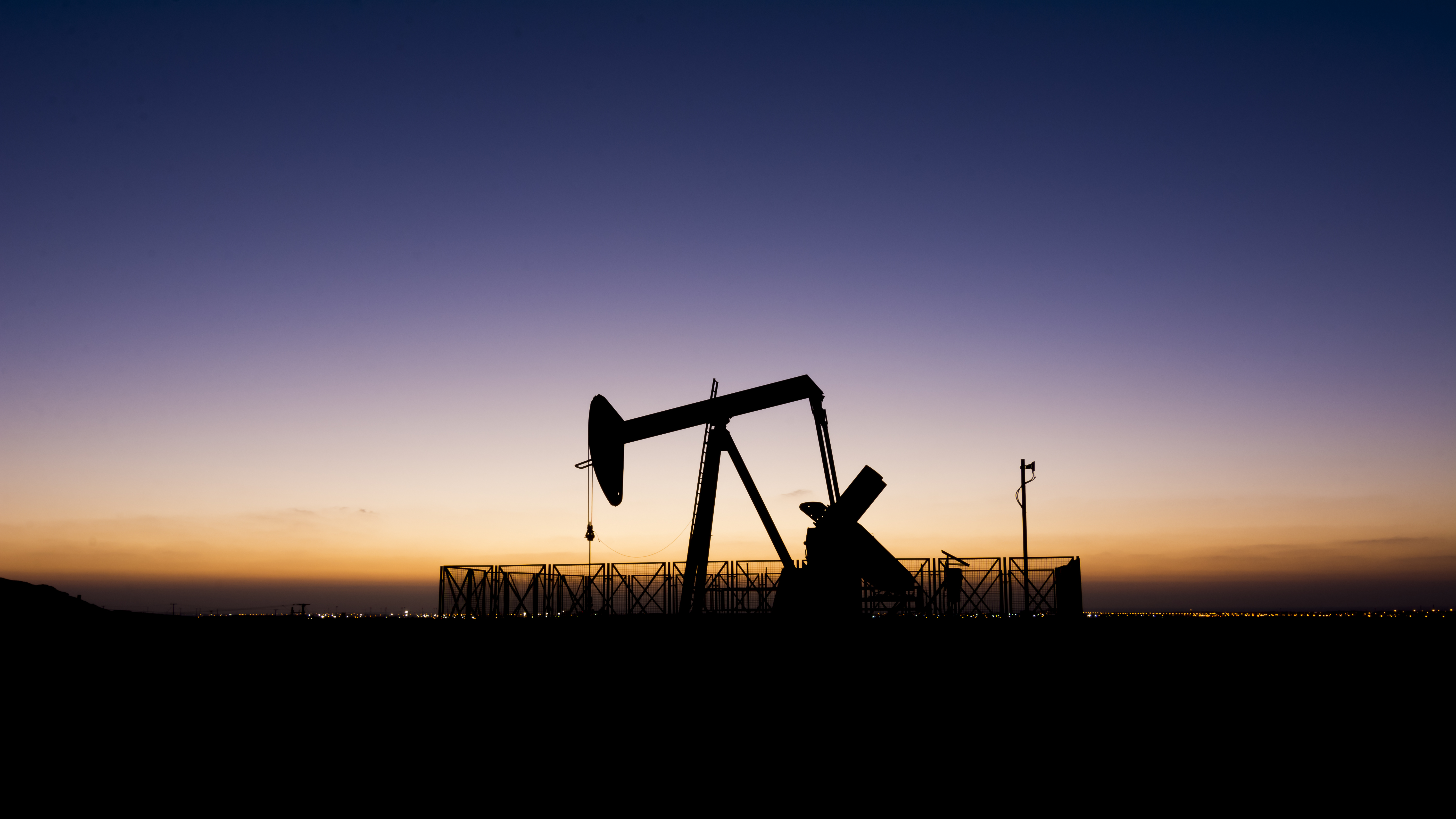Comparing Dish-Bottom, Flat-Bottom and Cone-Bottom Tanks
The ideal tank design depends on factors such as the type of material being processed and the required tank capacity. However, the first question is...
The bottom of your tank, also ironically called the ‘head’ of the tank, may not be the first thing you think about when choosing to design a tank, but it is a critical component to optimizing your process. Whether you’re mixing, storing, draining, recirculating or all of the above, the shape of your tank bottom will need to best align with your process goals.


The dish bottom is rounded with a drain at the center and lowest point of the dome. Dish bottom tanks are a popular option for mixing and draining, as the convex shape aids in better fluid circulation throughout the tank. Compared to the cone bottoms, the dish bottom tank is a significantly better geometry for solid suspension and slurries. Tanks with a dish bottom are more rigid due to the strength of the curve and the knuckle radius where the shell and head connect. Dish bottom tanks are used commonly for ASME certified pressure vessels.

Slope bottom tanks are flat bottom tanks that slope at an angle to one side towards a drainage outlet located around the outside perimeter of the tank. This design allows for easier access to the drain than dish or cone bottom, and is recommended if you’ll be frequently draining your tank. As a slope angle is increased, solid suspension becomes more difficult and unsustainable. However, you can often achieve a balance of proper mixing and draining by appropriately setting your slop to best fit your application.

A flat bottom tank has the most neutral geometry for fluid flow when mixing. Flat bottoms tanks can accommodate a variety of process needs, offering moderate fluid flow and solid suspension capabilities. They are less costly up front because of their simple and easy to manufacture design and a shorter mixing shaft can be used compared to cone or dish bottom tanks. The one major disadvantage to a flat bottom tank is its efficiency in draining. These tanks do not drain high solids or high viscosity fluids well, thus limiting what can or cannot be mixed and stored in the vessels.
If you're interested in designing your stainless steel tank, get an instant quote with our Tank Designer.

The ideal tank design depends on factors such as the type of material being processed and the required tank capacity. However, the first question is...

In a sea of choices, why do some stainless steel tanks rise above the rest, and how can you spot the ones that aren’t right for your operations? ...

Homogeneity and Blending The more advanced your side entry mixer, the more traditional flow patterns it will incorporate into its mixing actions....